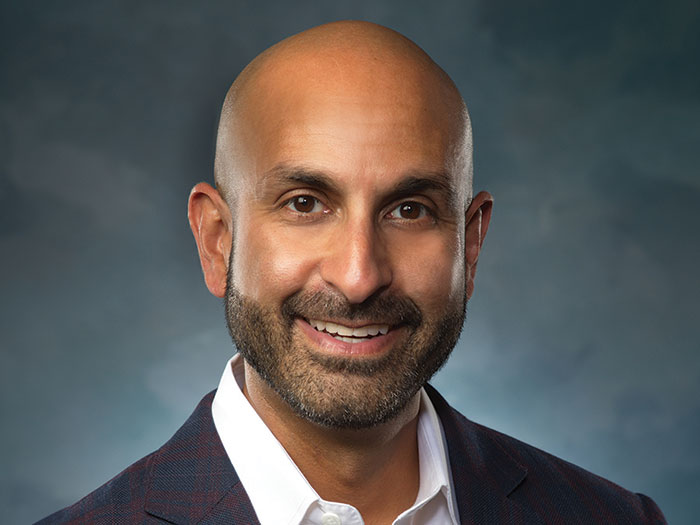As Global Project Finance Booms, Political Risk Insurance Takes Center Stage
Global development projects are accelerating at an unprecedented pace, fueled by technology innovation, the energy transition, and governments’ push to modernize critical infrastructure. According to IJ Global, a Green Street company, global infrastructure finance grew 17% in fiscal 2024, reaching $2.169 trillion in capital deployed. Project finance, a key subset of the broader infrastructure data, increased more than 11.5% in fiscal 2024, to just shy of $800 billion. It’s the fifth consecutive year of double-digit growth – evidence that demand for large-scale investment is not slowing down.
As global banks, development finance institutions, and export credit agencies provide funding, project owners and developers are keen to mitigate political and economic uncertainty that could delay projects or erode their investment capital. A valuable tool in those efforts is political risk and credit (PRC) insurance, which acts as a key catalyst in reducing risk and supporting global development.
Factors driving global momentum
Technology infrastructure and renewable energy continue to lead the surge in project finance activity. The race to adopt artificial intelligence is creating global demand for data centers, where capacity is expected to grow at 15% per year through 2027, according to JLL. Even at that pace, supply will be insufficient to meet demand. JLL estimates $170 billion in data center asset value will need development or permanent financing in 2025 alone, underscoring how essential these projects are to the next generation of digital infrastructure.
The total worldwide construction market for data centers is projected to nearly double by 2030 to $456.5 billion from $240 billion in 2025, reflecting a compound annual growth rate of nearly 12%, according to Grandview Research. That expansion brings opportunity, but also heightened exposure to political, regulatory, and credit risks in emerging markets racing to build capacity.
Energy remains another powerful engine of growth. Global investment in new renewable energy projects reached a record $386 billion during the first half of 2025—a 10% increase from the prior year—according to BloombergNEF, which also noted that the United States saw the largest decline in new investment following domestic policy shifts after the 2024 general election. Projects that captured more investment capital in 2025 included offshore wind and small-scale solar. As global economies compete to secure energy independence, the long-term nature and capital intensity of these projects make political risk and credit insurance a critical enabler for continued progress.
Project finance requires protection
As project finance expands, so does the need to safeguard long-term investments against political and credit uncertainty. These projects often span decades, involve multiple stakeholders, and depend on stable conditions that are rarely guaranteed. PRC insurance provides that stability, enabling lenders, developers, and sponsors to move forward with confidence even in volatile markets.
In practical terms, PRC coverage can address risks such as expropriation, currency inconvertibility, or non-payment by a sovereign or state-owned entity. These are exposures that can jeopardize a project’s financing structure. Coverage can also be tailored to match the life of a loan or concession agreement, giving financial institutions the assurance that capital will remain protected through construction, operation, or repayment phases.
For example, a renewable energy project in an emerging market might use PRC insurance to backstop its power purchase agreement, ensuring payment continuity if government leadership changes or fiscal pressure arises. Likewise, export credit and multilateral lenders often require such protection before committing to infrastructure or resource development projects.
At MSIG USA, we collaborate with clients, banks, and development finance institutions to design solutions that align with each project’s risk profile and timeline, bringing the financial strength needed to turn ambitious projects into long-term economic assets. In an environment where volatility is constant, PRC insurance can help transform risk management from a constraint into a competitive advantage. &










